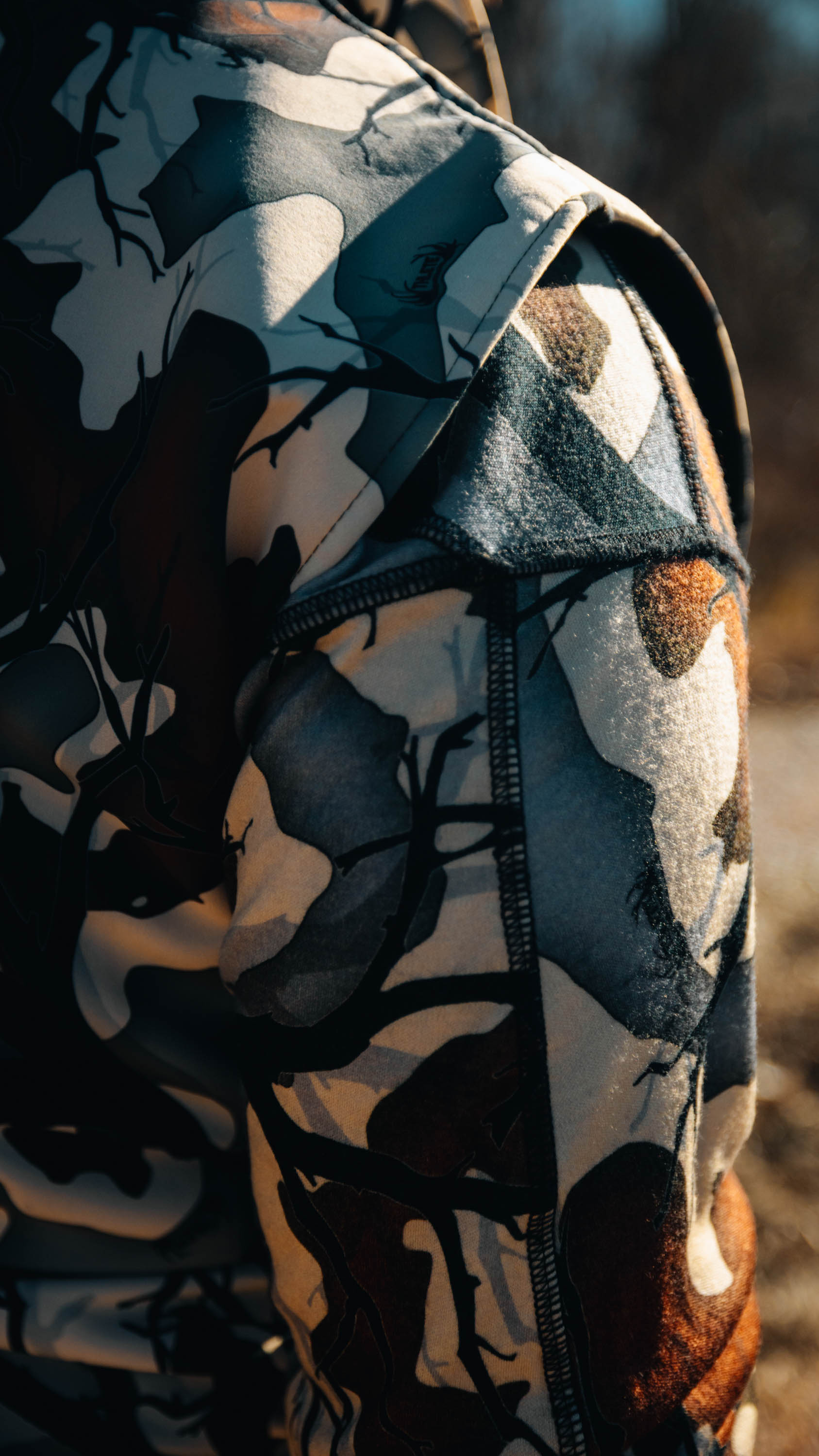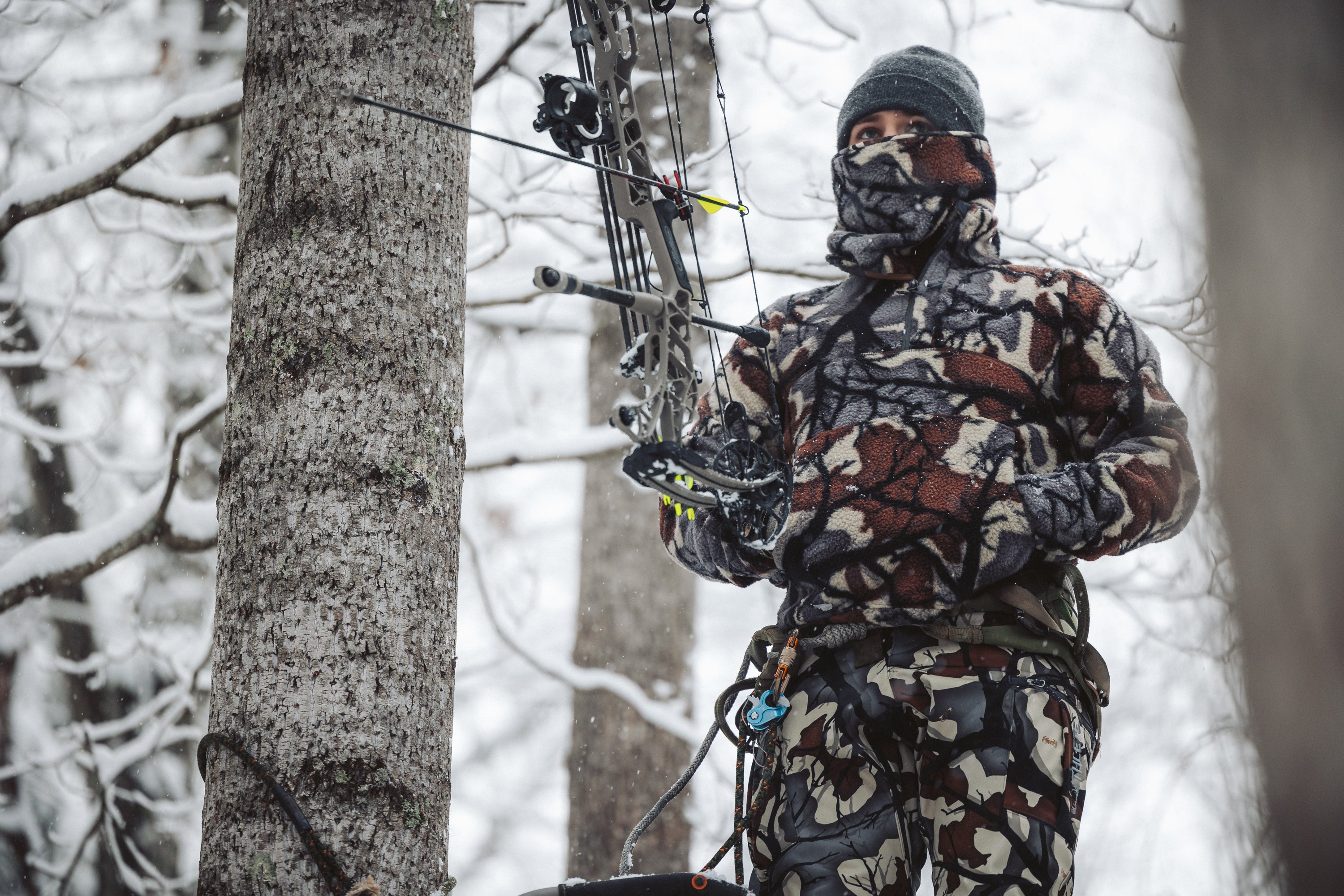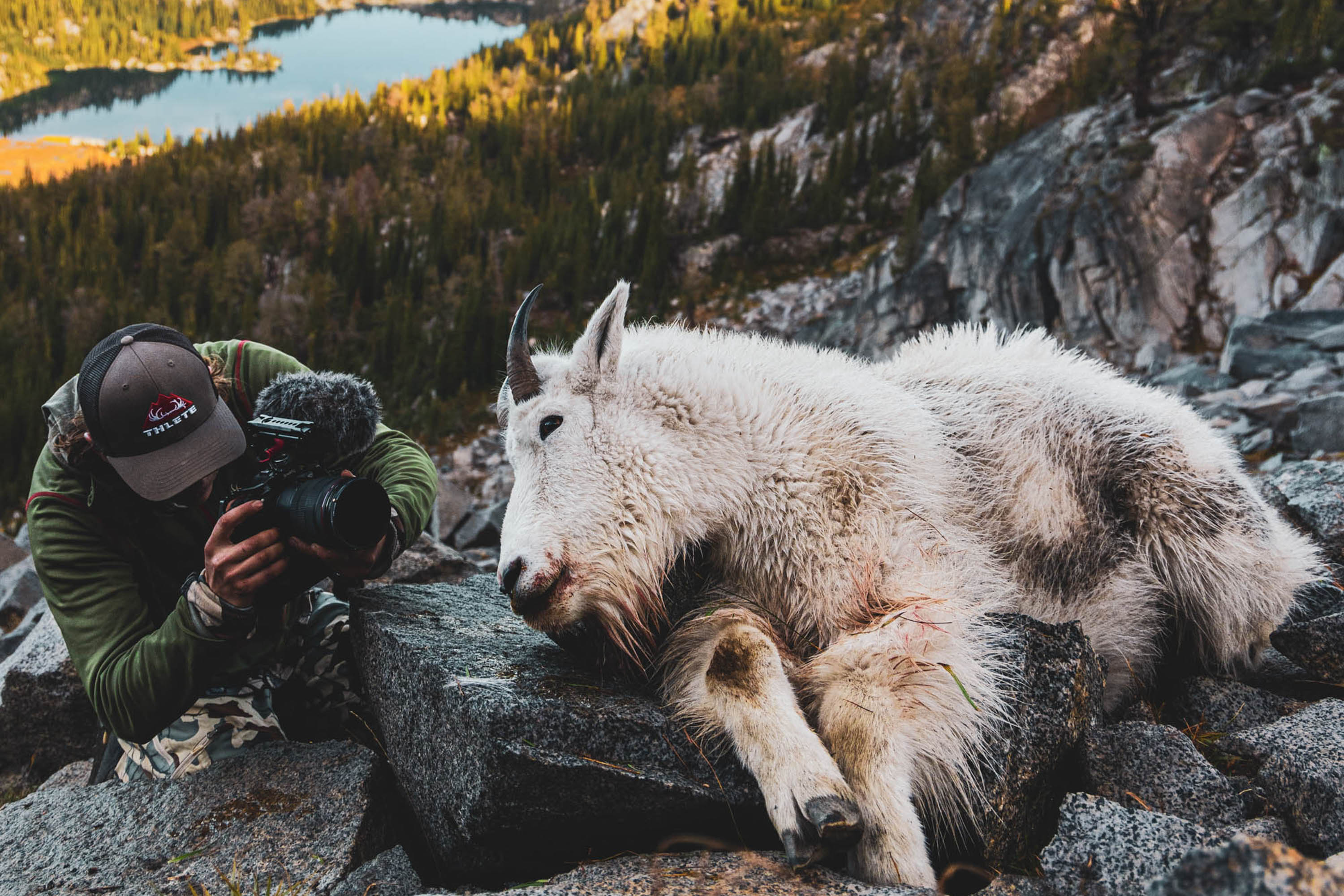
Choosing the Right Base Layer Fabric: Wool vs. Polyester
Choosing the Right Base Layer Fabric: Wool vs. Polyester
Introduction: When it comes to selecting a base layer fabric, two popular options are wool and polyester. Both materials have their own unique qualities and advantages. In this article, we will compare wool and polyester as base layer fabrics, considering factors such as temperature regulation, moisture management, UV protection, ease of care, environmental considerations, and more. Understanding these factors will help you make an informed decision based on your specific needs and preferences.
Wool as a Base Layer Fabric: Wool is renowned for its natural insulation properties, making it ideal for base layers. It regulates body temperature by trapping air pockets within its fibers, keeping you warm in cold weather and cool in warm weather. Additionally, wool provides natural UV protection, shielding your skin from the sun's harmful rays. It is also naturally flame-resistant, adding an extra layer of safety. From an environmental standpoint, wool is renewable, biodegradable, and requires less energy and produces fewer greenhouse gas emissions compared to synthetic fibers.
Polyester as a Base Layer Fabric: Polyester, on the other hand, offers its own set of advantages. Its hydrophobic nature repels water and facilitates efficient moisture transport away from the skin. This property is particularly beneficial during physical activities, as it helps keep you dry and comfortable. Polyester base layers are lightweight, breathable, and provide enhanced airflow and ventilation. They are also easy to care for, as they dry quickly and are resistant to wrinkling. Polyester is hypoallergenic and less likely to cause skin irritation or allergic reactions.
Considering the Factors: When deciding between wool and polyester, it's crucial to consider various factors. If you prioritize temperature regulation, UV protection, and natural flame resistance, wool may be the preferred choice. On the other hand, if efficient moisture transport, lightweight breathability, and easy care are more important to you, polyester may be the better option. Additionally, wool's environmental sustainability and polyester's hypoallergenic properties should be taken into account.
Blended Fabrics: Advancements in fabric technology have led to the development of blended base layers, combining wool and polyester or other synthetic fibers. These blends aim to harness the benefits of both materials, such as moisture-wicking properties and insulation. Blended fabrics can offer a versatile solution that caters to a range of needs and preferences.
Conclusion: Choosing the right base layer fabric, whether it's wool or polyester, is essential for optimizing comfort and performance during outdoor activities. Consider the specific requirements of your intended use, weather conditions, personal comfort preferences, and environmental impact. Remember, there is no one-size-fits-all solution, and the decision ultimately comes down to what best suits your needs. By understanding the unique characteristics of wool and polyester as base layer fabrics, you can make an informed choice that enhances your outdoor experiences.




